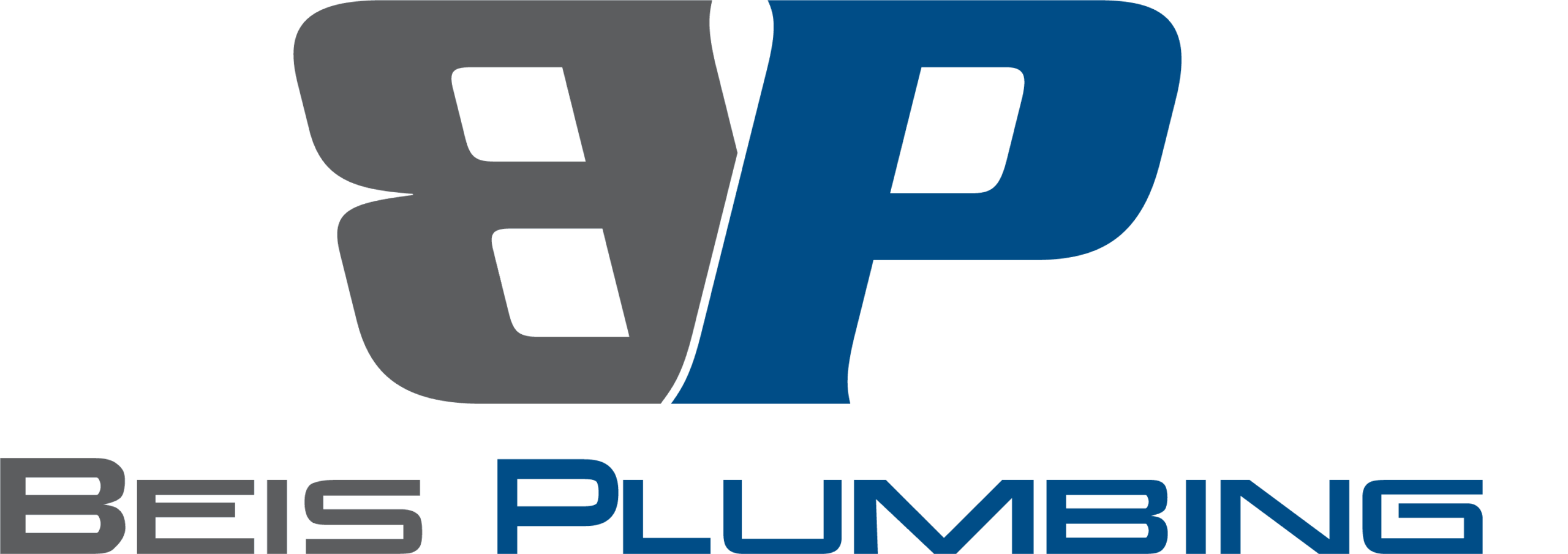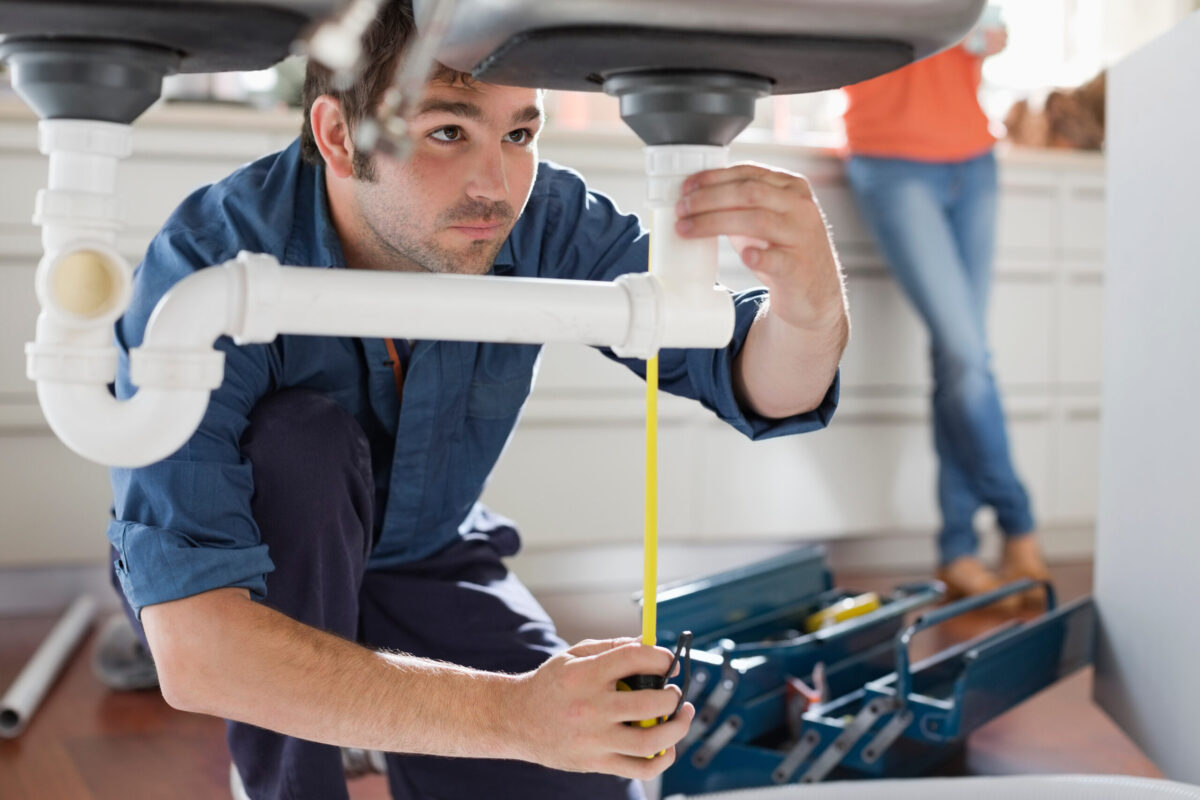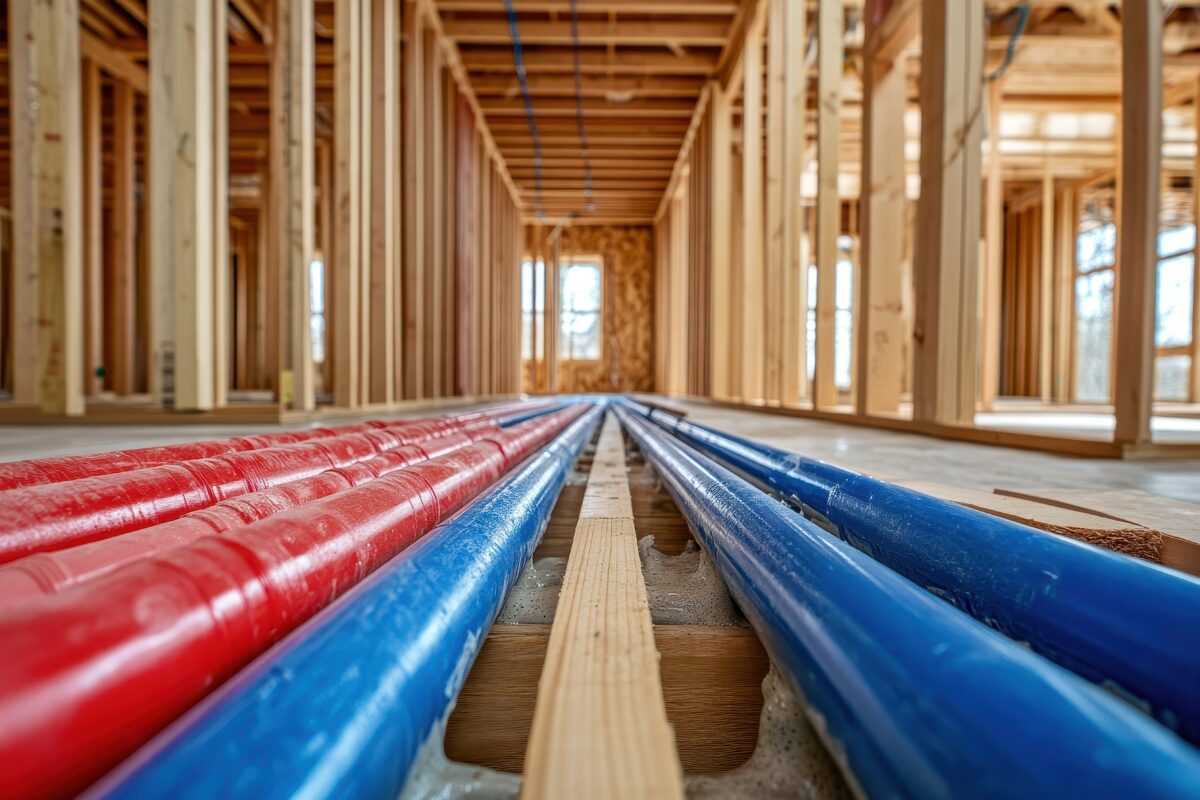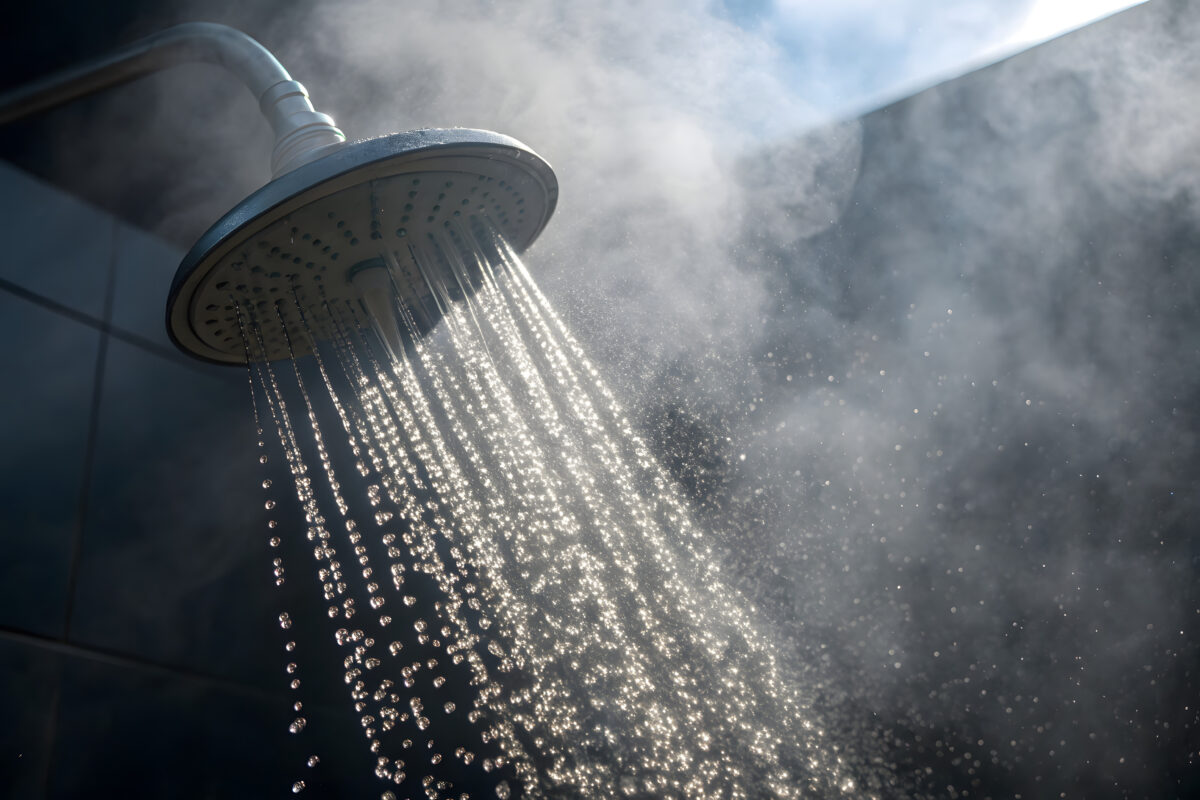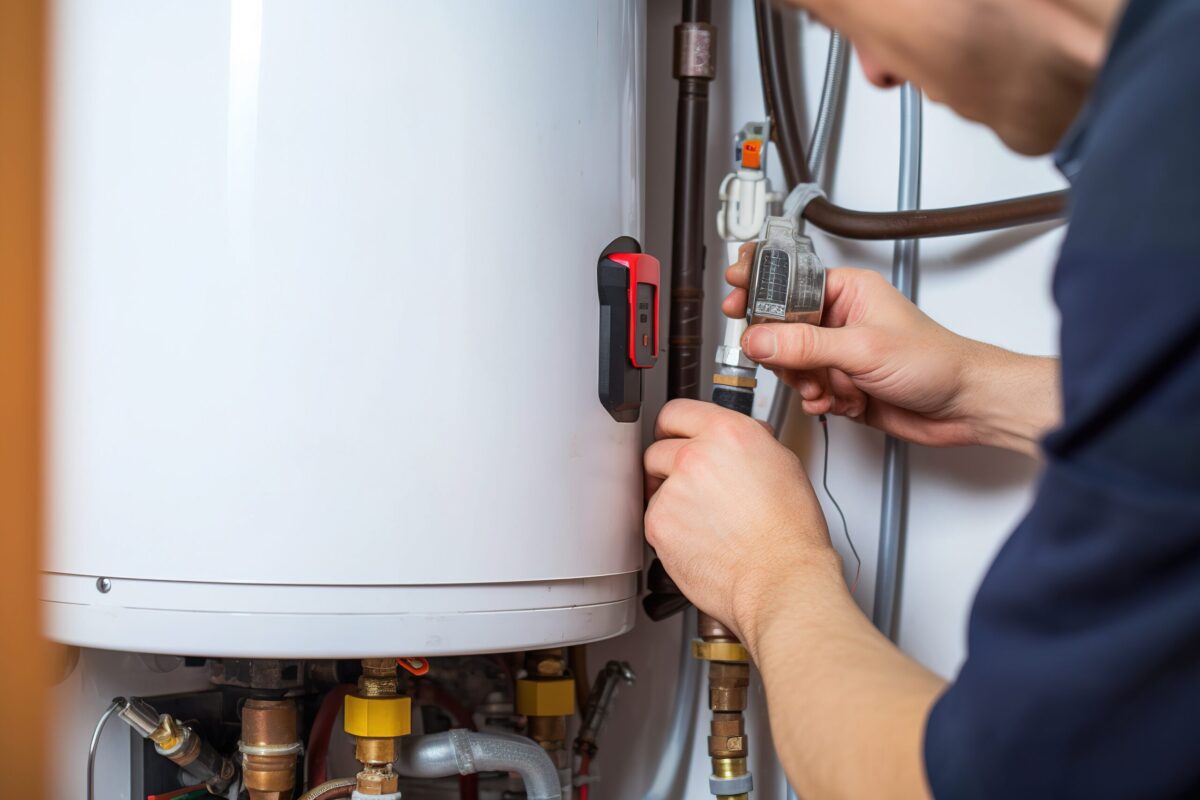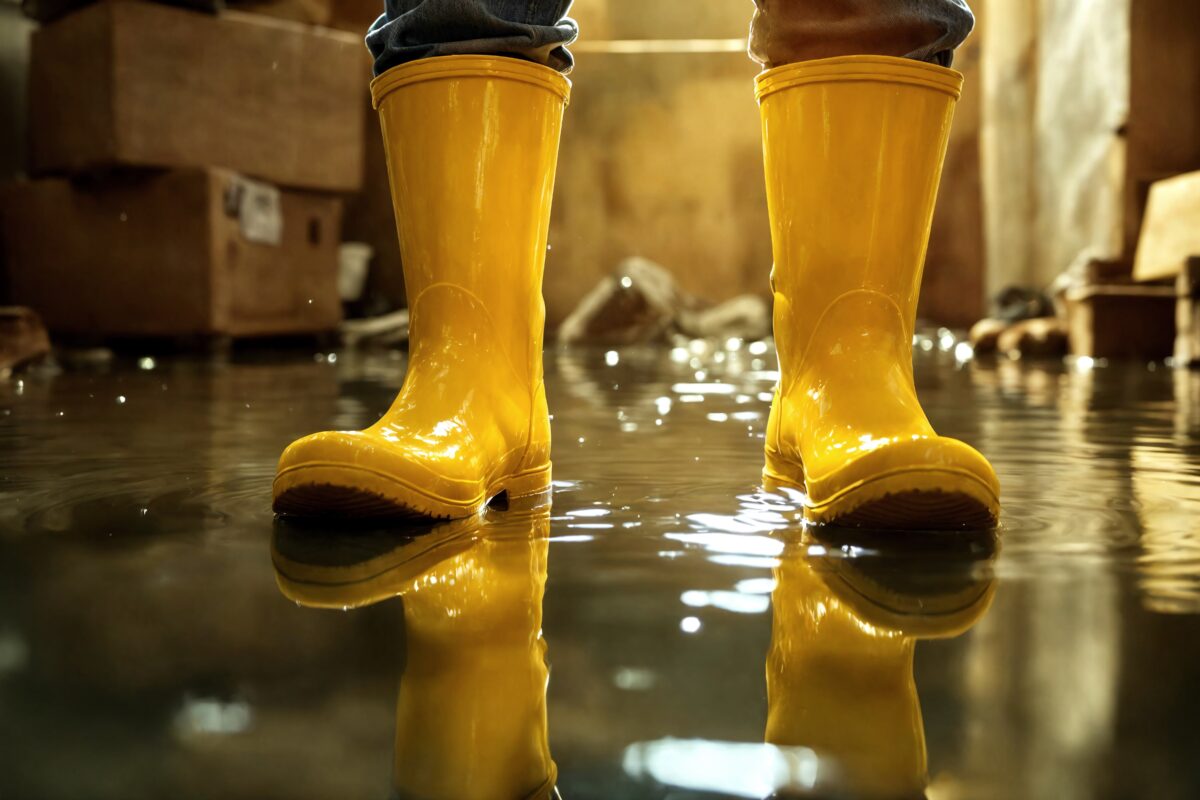A standard plumbing service is essential for maintaining the health and safety of your home’s water systems. When you schedule a standard plumbing appointment with a trusted provider like Beis Plumbing, you can expect a thorough inspection, expert repairs, and preventative advice. Understanding what’s included in a standard plumbing visit helps you make informed decisions and ensures your plumbing system remains in top condition.
Comprehensive Inspection and Diagnosis
The first step in any standard plumbing service is a detailed inspection. Licensed plumbers will assess your entire plumbing system, including pipes, fixtures, and appliances. According to the EPA, household leaks can waste nearly 1 trillion gallons of water annually nationwide, making early detection crucial. During the inspection, plumbers look for leaks, corrosion, water pressure issues, and signs of wear that could lead to future problems.
- Checking for visible leaks under sinks and around appliances
- Testing water pressure and flow throughout the home
- Inspecting water heaters, sump pumps, and shut-off valves
- Evaluating drain performance and looking for blockages
Expert Repairs and Maintenance
After the inspection, any issues found are addressed promptly. Standard plumbing services often include repairing leaky faucets, unclogging drains, and replacing worn-out parts. The average homeowner spends $300 to $500 per plumbing repair, so catching problems early can save money in the long run. Beis Plumbing’s team uses high-quality materials and proven techniques to ensure repairs last.
- Fixing dripping faucets and running toilets
- Clearing clogged drains and pipes
- Replacing faulty washers, gaskets, and valves
- Servicing water heaters for optimal performance
Preventative Advice and Recommendations
A key benefit of a standard plumbing service is the expert advice you receive. Plumbers will recommend ways to prevent future issues, such as regular maintenance or upgrading old fixtures. For example, installing a water softener can extend the life of your appliances and improve water quality. Learn more about water treatment options on Beis Plumbing’s website.
Why Choose Beis Plumbing for Your Standard Plumbing Needs?
Beis Plumbing stands out for its commitment to customer satisfaction, same-day service, and highly trained technicians. As a locally owned and operated business serving the St. Louis area, they offer 24/7 live answering and flexible financing options. Their A+ BBB rating and hundreds of positive reviews reflect their dedication to quality and integrity.
- Fully licensed and insured professionals
- Up-to-date with the latest plumbing technologies
- Military and senior discounts available
- Membership plans for ongoing savings
Schedule Your Standard Plumbing Service Today
Don’t wait for a small issue to become a major problem. Contact Beis Plumbing today to book your standard plumbing service and experience the difference a professional team can make. Serving the St. Louis area with pride, our team is committed to providing top-notch plumbing services that meet the unique needs of every customer.
